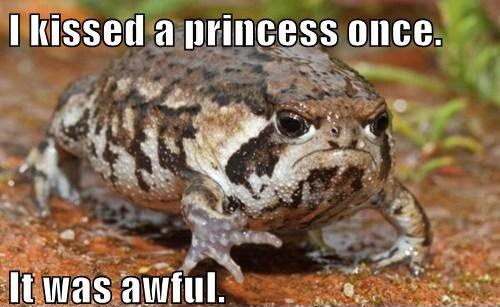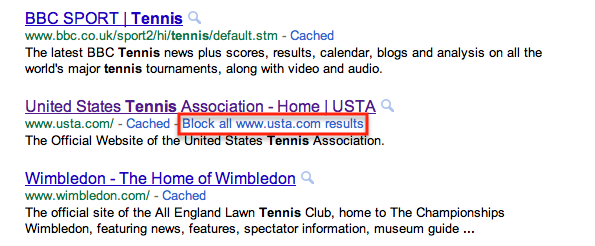Dwell Time by definition is: The amount of time in which a user spends on a specific website before returning to their original search query/results. As dwell time increases, chances are that the user found what they were looking for, and spends more time going into deeper depth on the content and through the website. This will increase SEO rankings as the content is original, useful, and expected.

A Simple Example: You’re doing research on Frogs, the first link you clicked on displays a picture and a brief description about a single species. This isn’t what you’re looking for and press the back button. The second link you find has a long description about Frogs, habitats, and their history which is precisely what you’re searching for. You spend quite a long time flipping through the content and taking notes.
-The first link would have a very short dwell time (as you quickly clicked the back button)
-The second link would have a considerable amount of dwell time (as you stayed on the site, and did research before clicking on the back button)

Why It Matters: Searching algorithms usually determine a site’s popularity and content with a variety of factors, and one of these factors is the Dwell Time.
Simply, the increase in Dwell Time -> better chances to show up higher in searches.
Currently Google doesn’t use Dwell Time in their search algorithms, as it can be manipulated and is unstable for the vast majority of websites which do not have enough visitor count to adequately measure Dwell Time. However, it is speculated that Google has played around and tried using dwell time as an indicator of a misleading website.
Blow is an example of a countermeasure placed against websites with a bad dwell time (a good indicator the website is misleading)

It will display an option to block the website and all related webpages from its domain if it deems the website as fake, false or misleading.
Benchmarks:
< 10 seconds : Most likely did not find what they were searching for, or was put off by the website design
1 – 5 minutes: Content might have been useful but not comprehensive, user stayed for some videos, or the content changed from what the user expected
> 5 minutes: Really took their time to understand the content, found the website useful and informative
Ultimately, Dwell Time relies heavily upon the content being shown/searched for. Concept based information such as Math, Physics, Coding, etc will generally have a higher dwell time as the user follows along and slowly processes the information.
Bait-Click Titles on the other hand might only entertain the user for a minute before they quickly lose interest.
Some Ways You Can Improve Dwell Time are by:
1. Making your content specific to the targeted audience. Don’t put a bit of everything, choose specific keywords that will define what the user is looking for, and what you’re offering.
2. Making sure your site is optimal, technically functional and accessible to all points of entry such as mobile phones, tablets, laptops and desktops.
3. Ensure the site is clear, attractive and simple. As users usually have a short amount of time before they get tired of the site, they’ll want the information to be upfront and easy to find, not hidden somewhere in a paragraph of text.
4. Cutting down on technical wait times. A user won’t wait a minute for the webpage to load when they can easily access a different website.

Some Afterthoughts: If your website is not within the first page of results, or even the first half of the first page, don’t worry too much about dwell times. Your number 1 priority should be increasing your hit count before you worry about Dwell Time. There are many more useful and important things to improve on before improving your dwell time.
